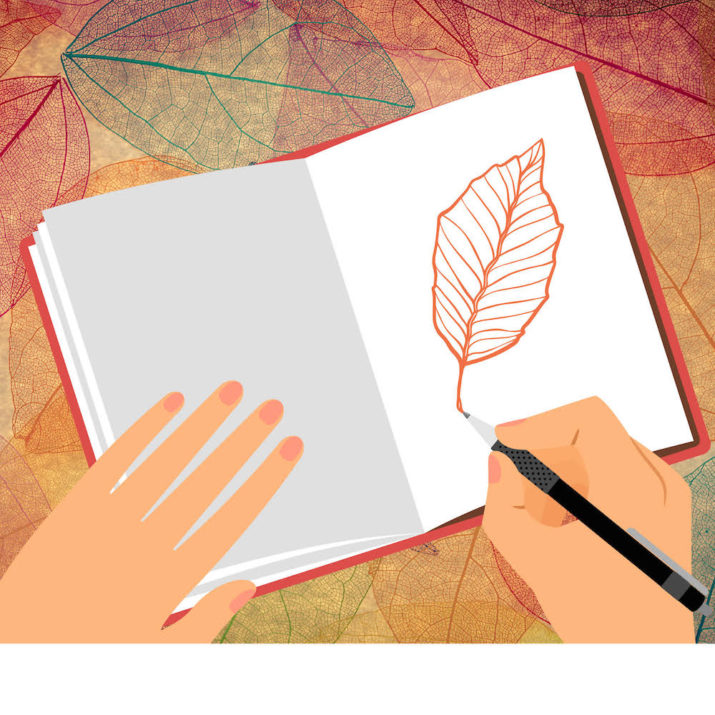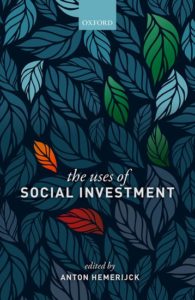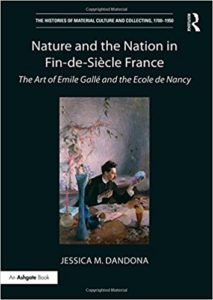
 The Uses of Social Investment
The Uses of Social Investment
Edited by Anton Hemerijck
Publisher: Oxford University Press
Recommended by Julian L. Garritzmann
Welfare states around the globe are witnessing major transformations. A recent trend is the shifting focus from compensatory social policies (such as unemployment benefits) towards more future-oriented “social investment” policies (such as childcare, education, or active labor market policies). Oxford’s Brian Nolan once famously criticized the turn towards the “social investment state,” asking “what use is social investment?” (Nolan 2013). Anton Hemerijck’s recent volume, The Uses of Social Investment (OUP), is a book-length answer to this critical question, bringing together many of the leading scholars in the field to discuss the various uses of social investment. A must-read for welfare state scholars and political economists.
 Nature and the Nation in Fin-de-Siècle France: The Art of Emile Gallé and the Ecole de Nancy
Nature and the Nation in Fin-de-Siècle France: The Art of Emile Gallé and the Ecole de Nancy
by Jessica M. Dandona
Publisher: Routledge
Recommended by Hélène B. Ducros
This book delves into the close relationship between the decorative arts and national identity in France at the end of the nineteenth century through the character and works of Emile Gallé, a renowned Art Nouveau artist from Lorraine who is remembered today, among other things, by his glass work and his role in the founding of the influential Ecole de Nancy. Jessica Dandona describes how the arts, science, nature, industry, and the idea of the nation came together in Gallé’s artistic and industrial revitalization project. She addresses how he transcended the boundaries of art to reach into the political and economic facets of a changing society during the Third Republic, which was marked by key social reforms and the infamous Dreyfus Affair. She shows how Gallé’s oeuvre centered around the notion of place and interrogated the place of the individual in society, at a time in which private spaces played as much of a role in nation-building as the public sphere. In arguing for the politicized aspect of Gallé’s work, the book highlights how his political engagements and societal ideals were reflected in his choices of motifs, colors, and uses of glass transparencies, for example expressing his support for the Dreyfusard cause in the Dark Men piece (Les Hommes Noirs). This fascinating book takes a new look at the artist, arguing his success in redefining “Frenchness” through his ability to translate the nation into visual form that rendered it legible, all the while keeping away from nationalist rhetoric. Indeed, Dandona explains that not only Gallé privileged the region and regional landscapes as the root of individual identity formation, but that far from a retrenchment into nationalism, he offered “a vision of national identity as inherently diverse, decentralized, and even cosmopolitan.”




